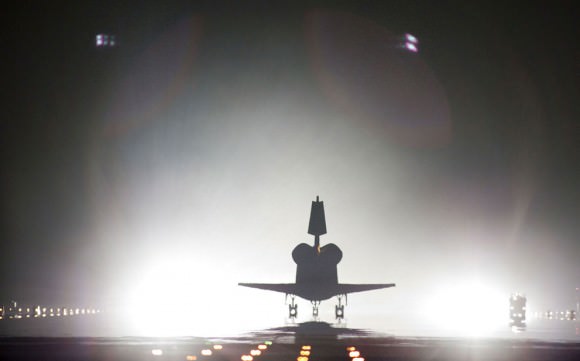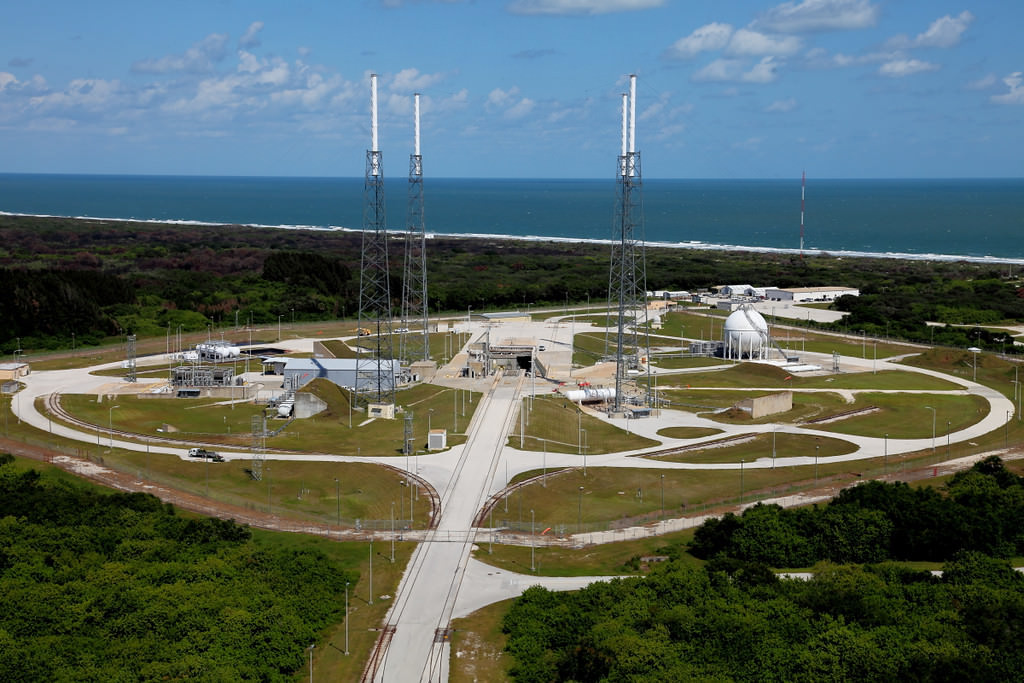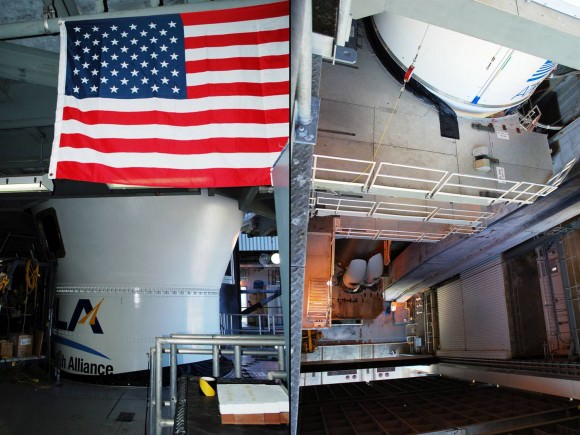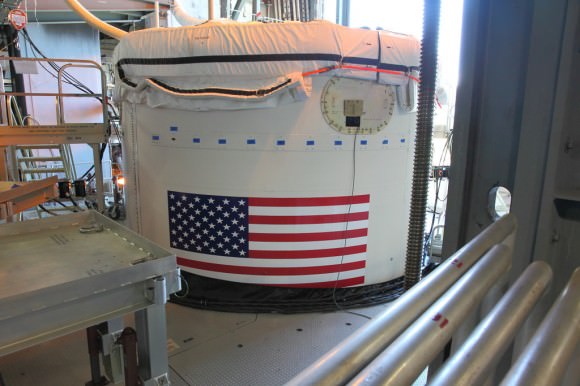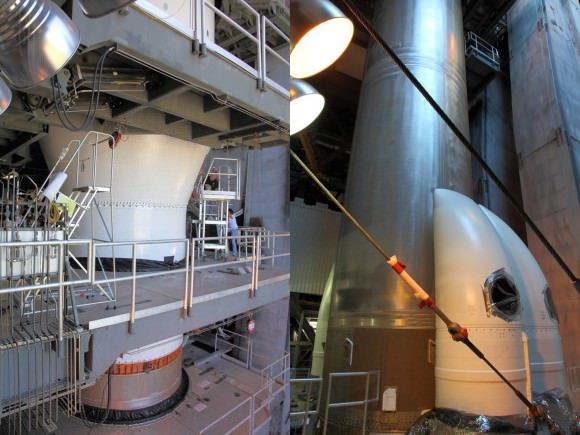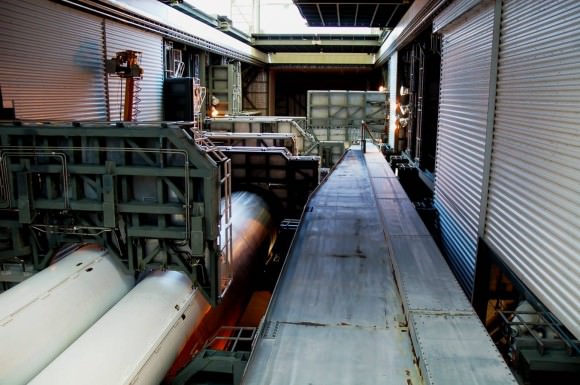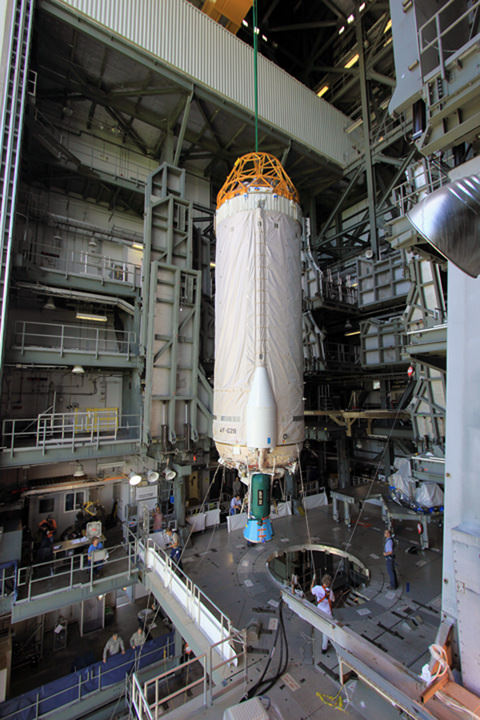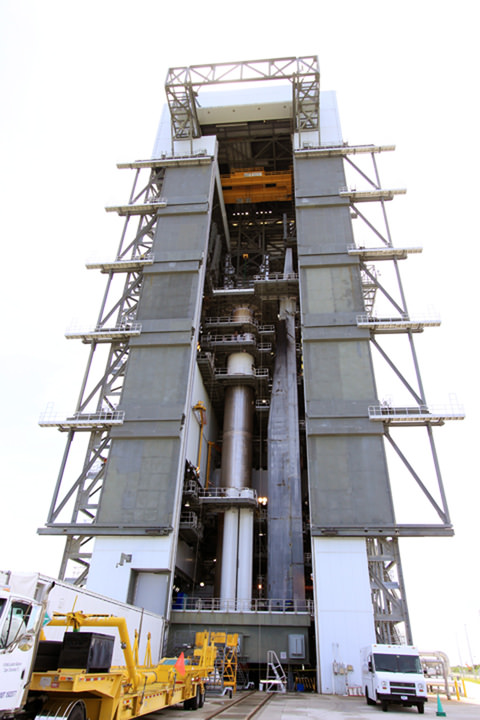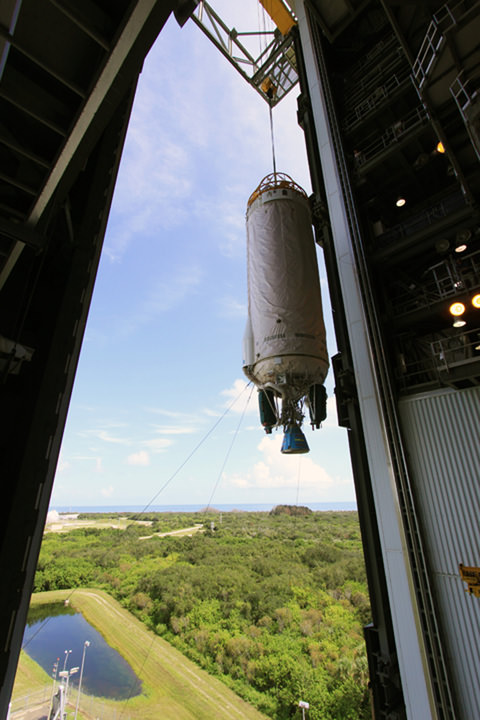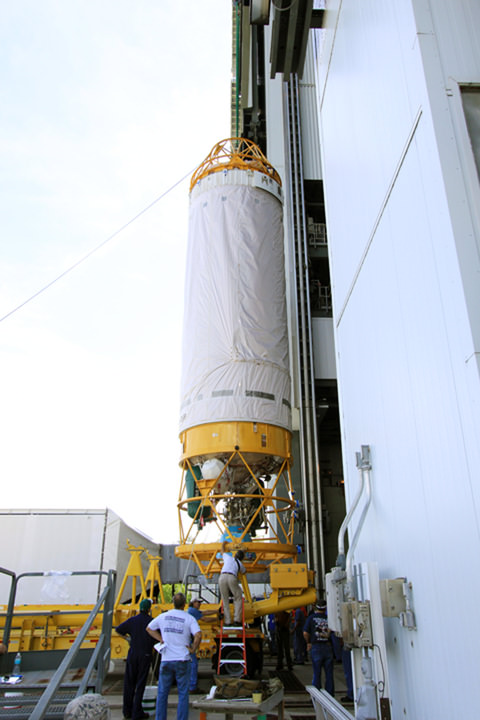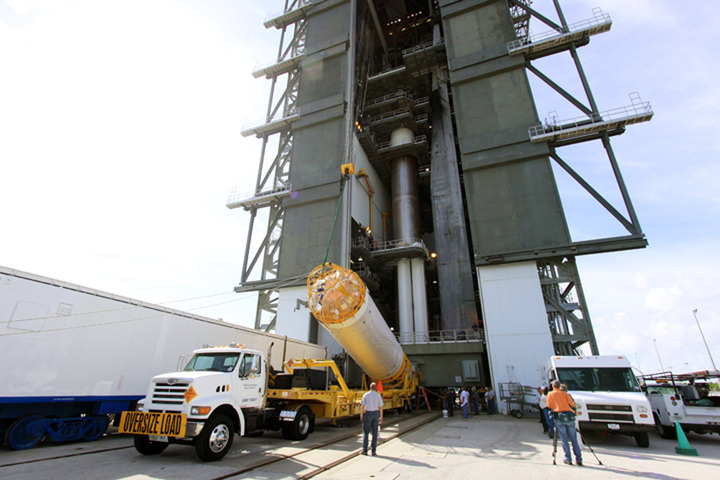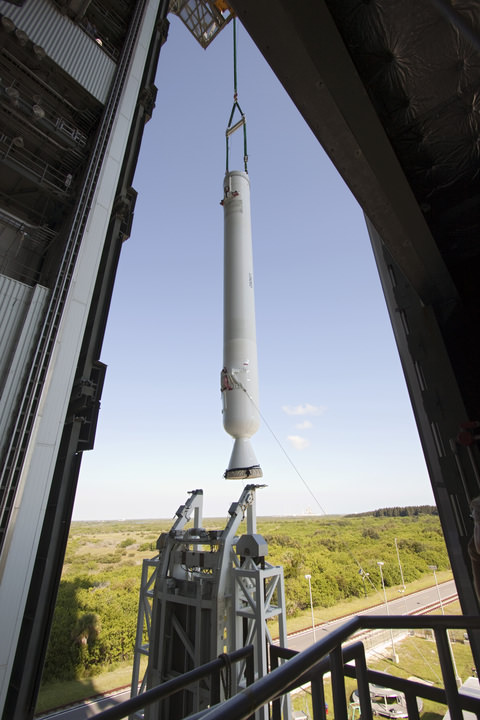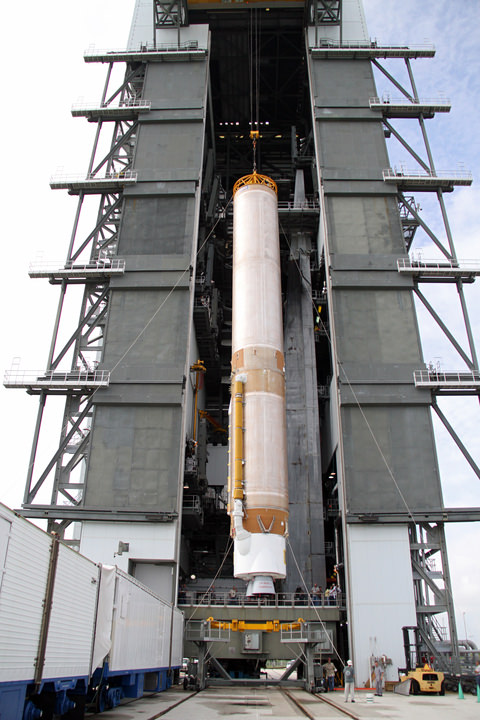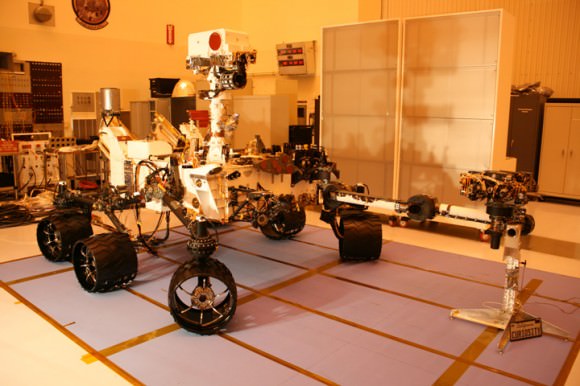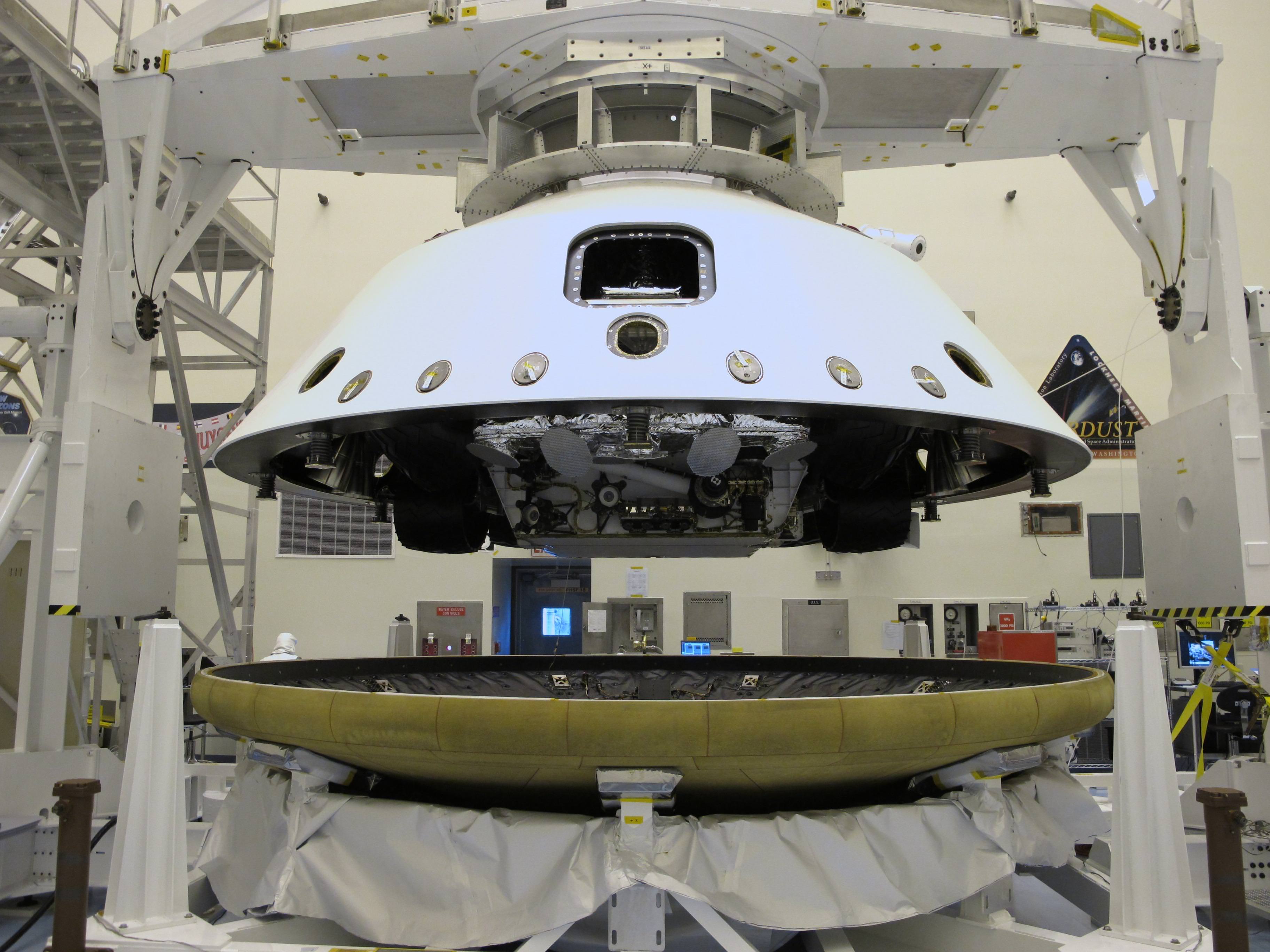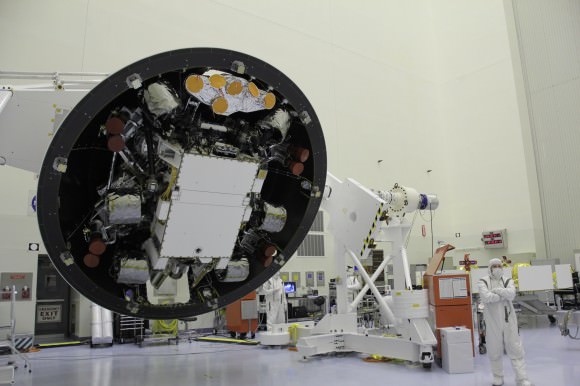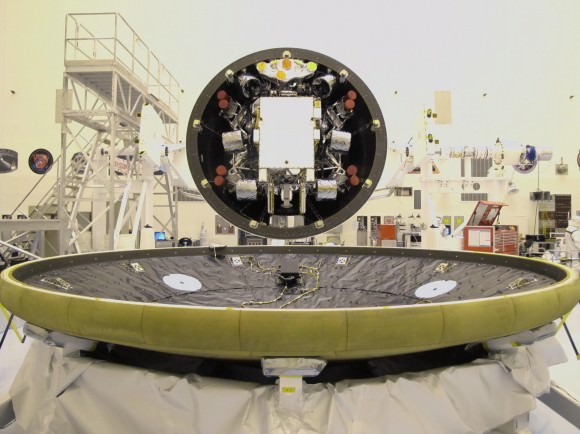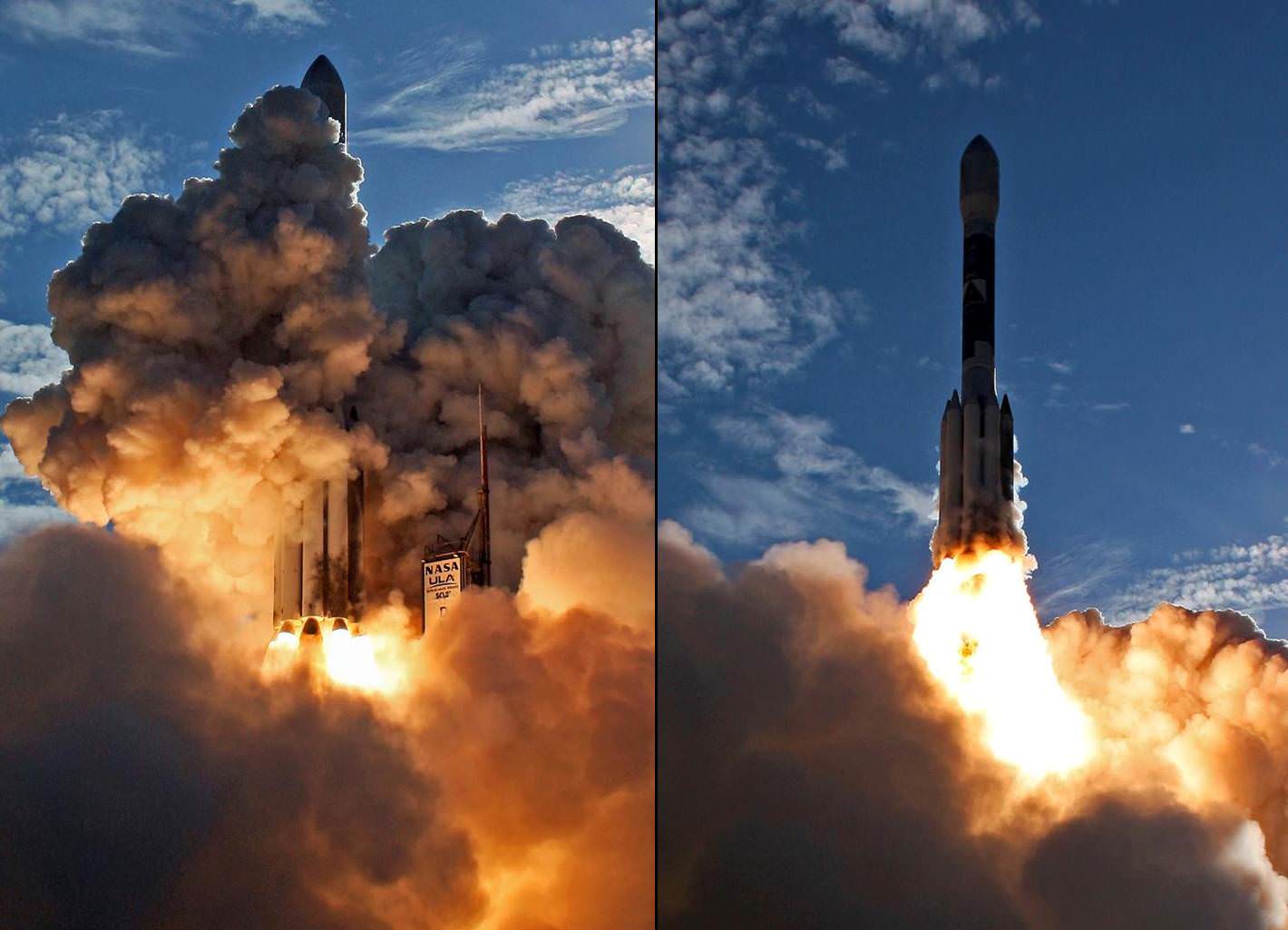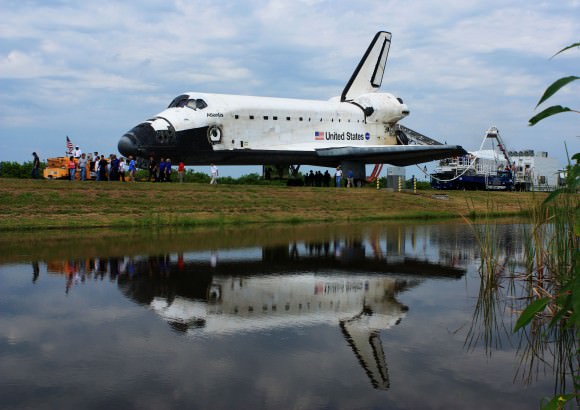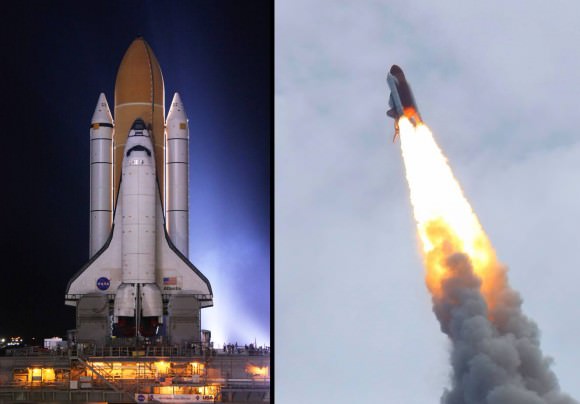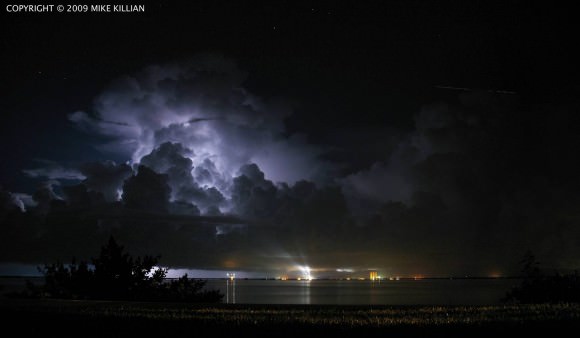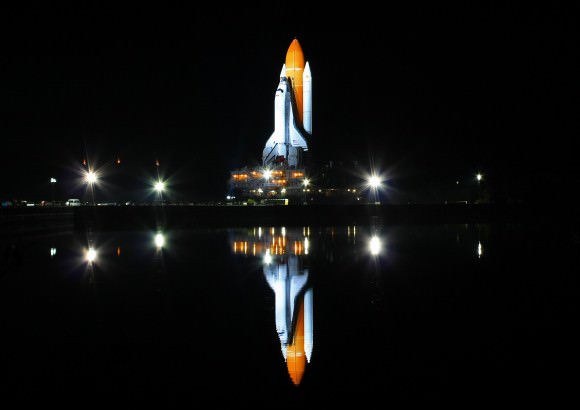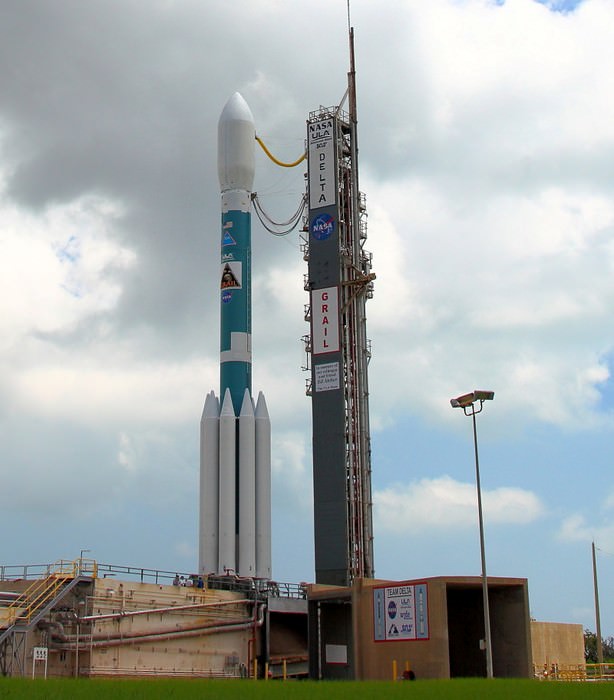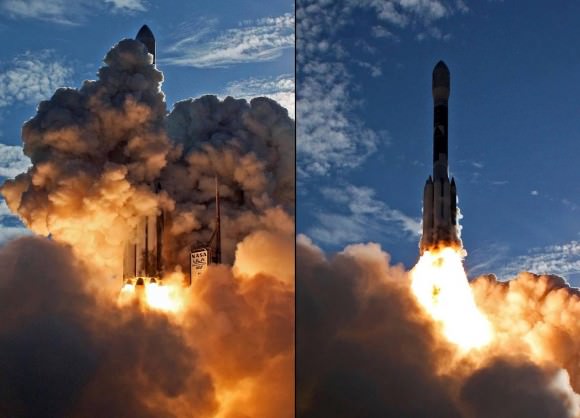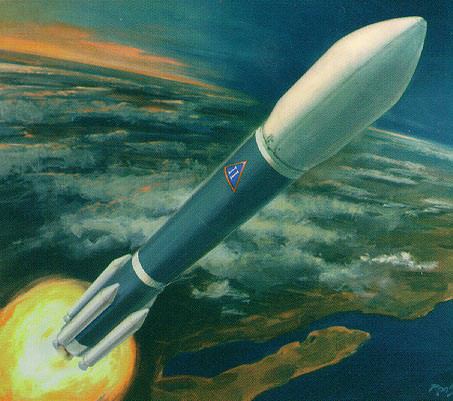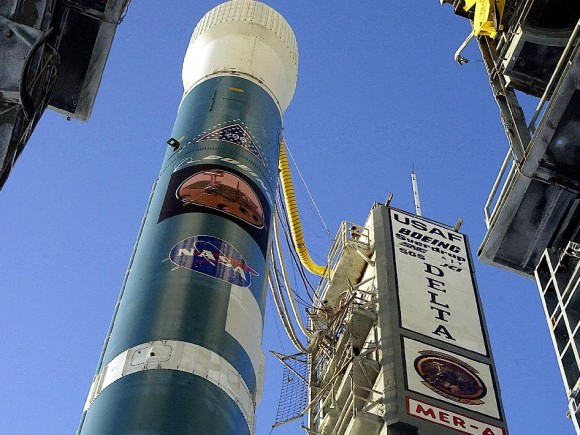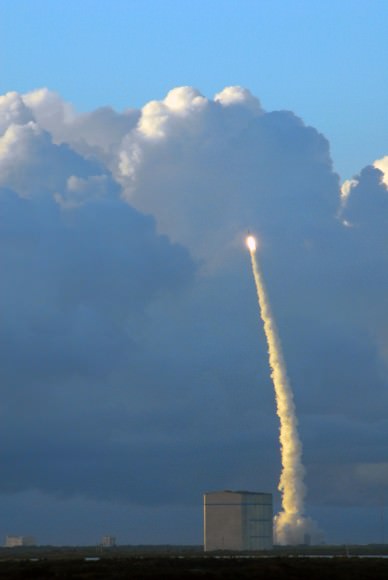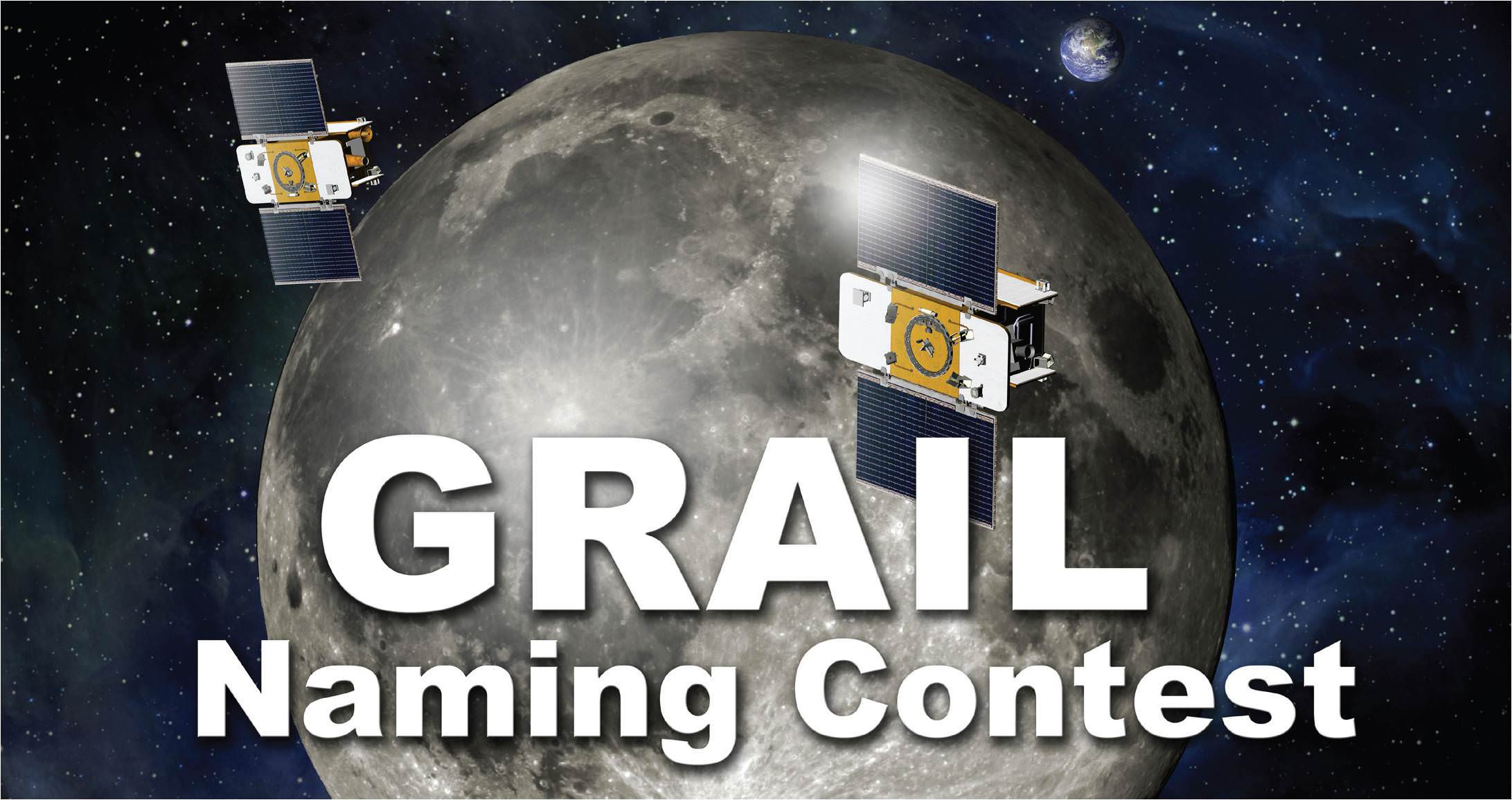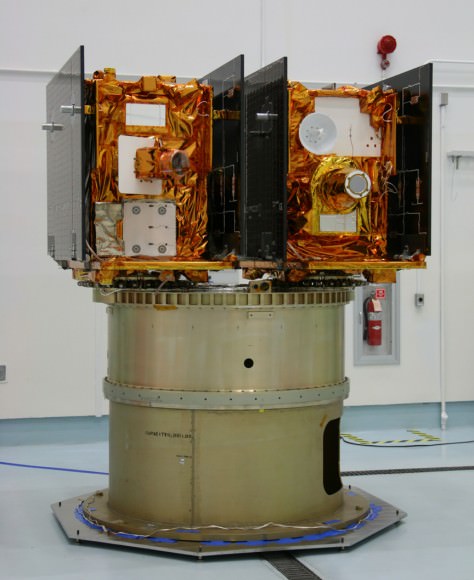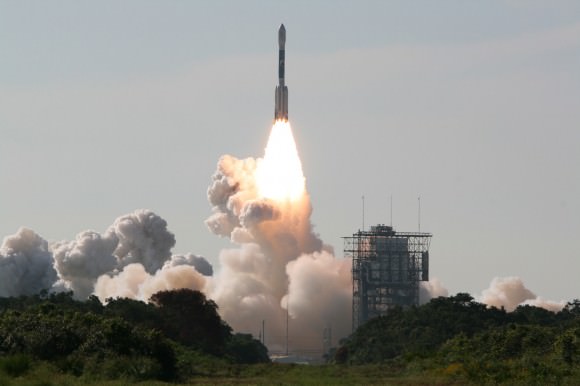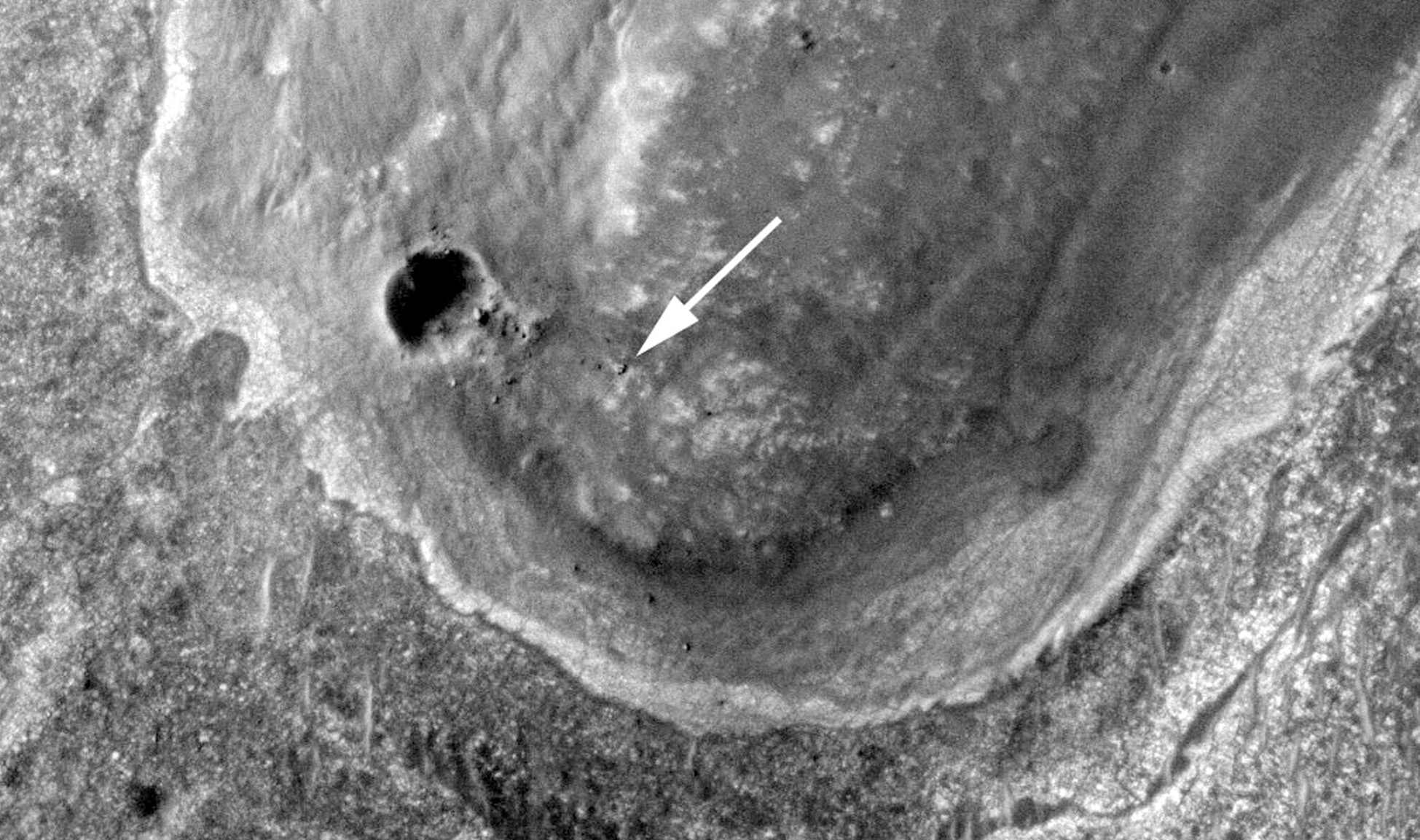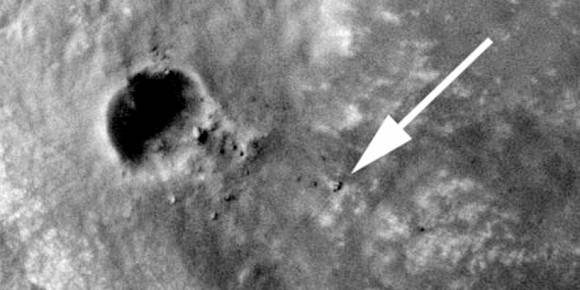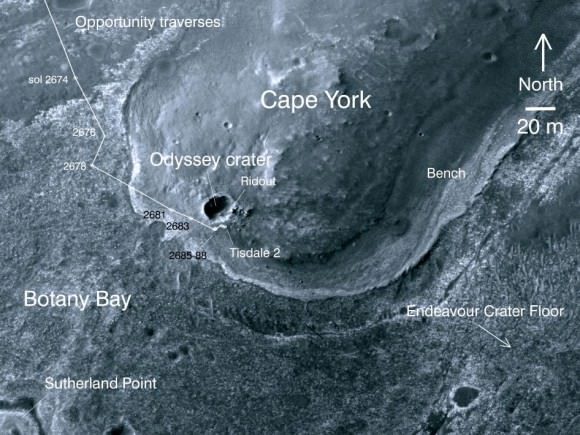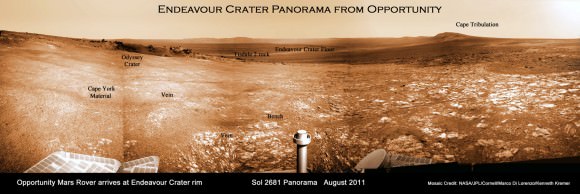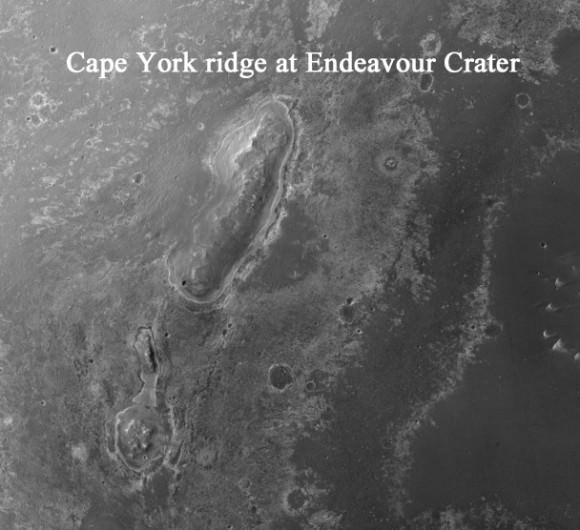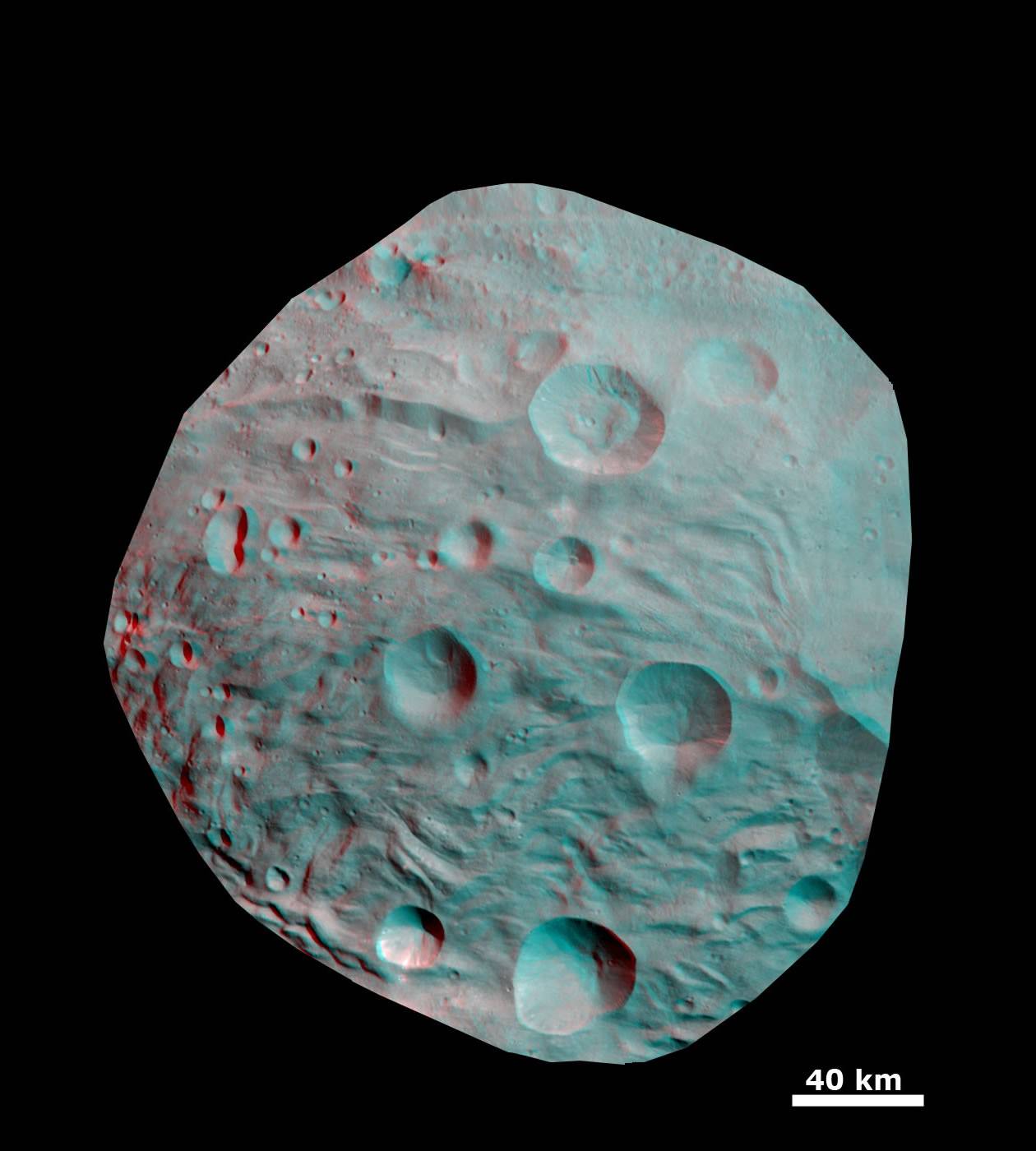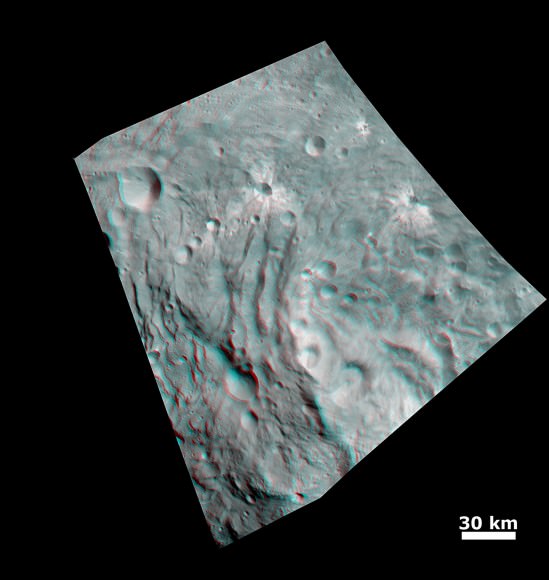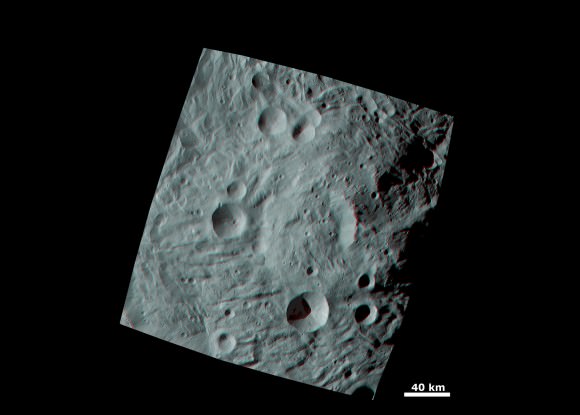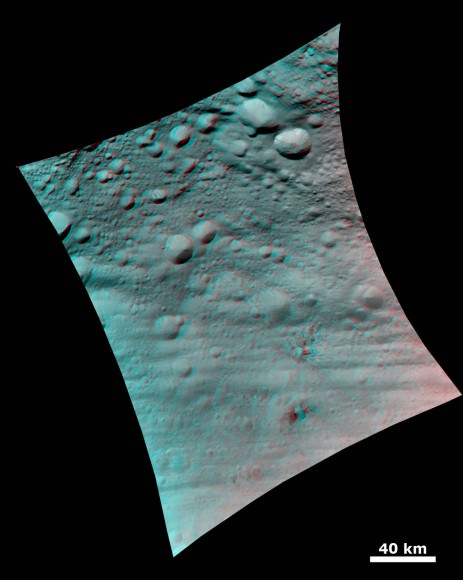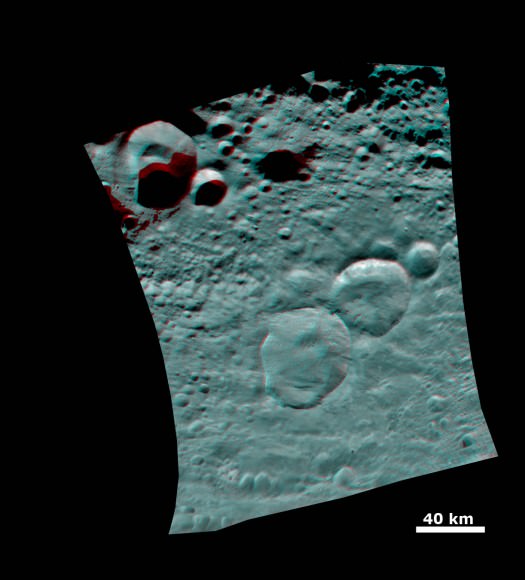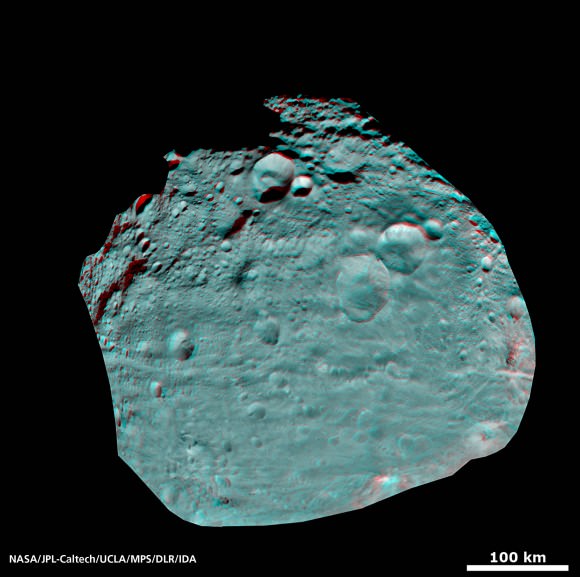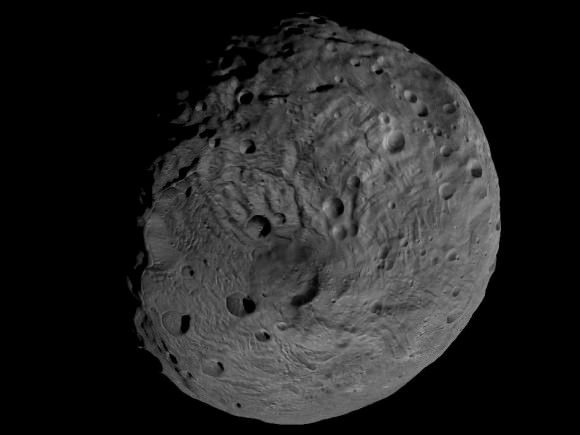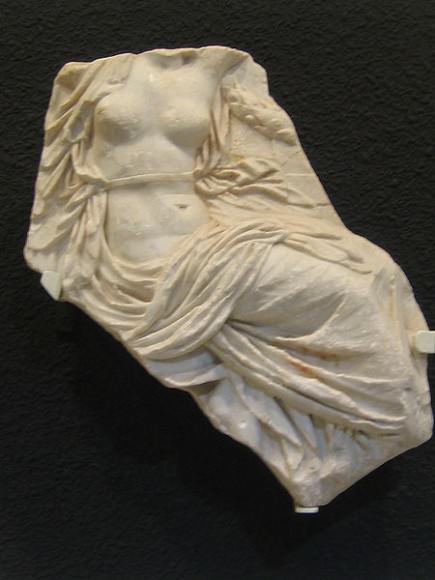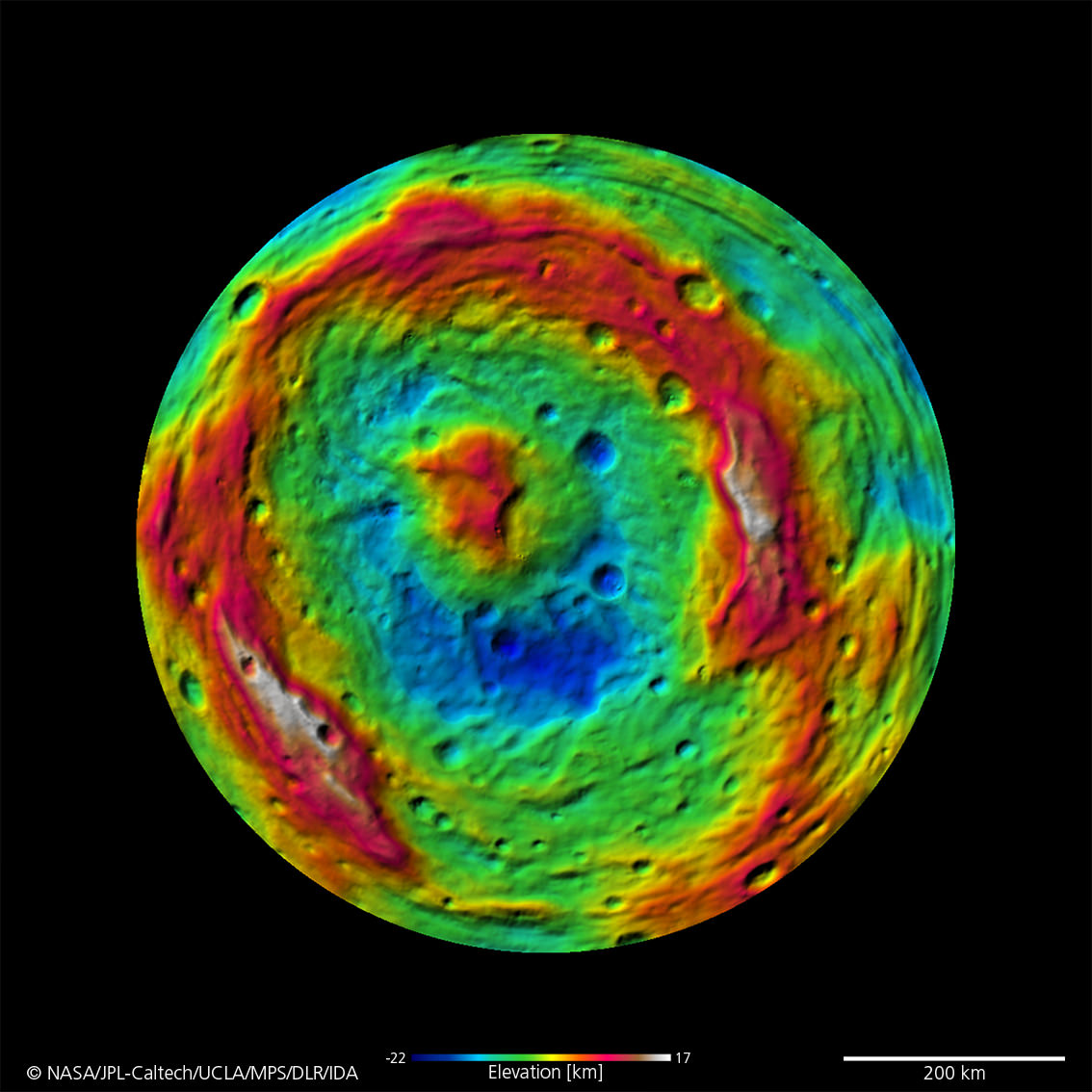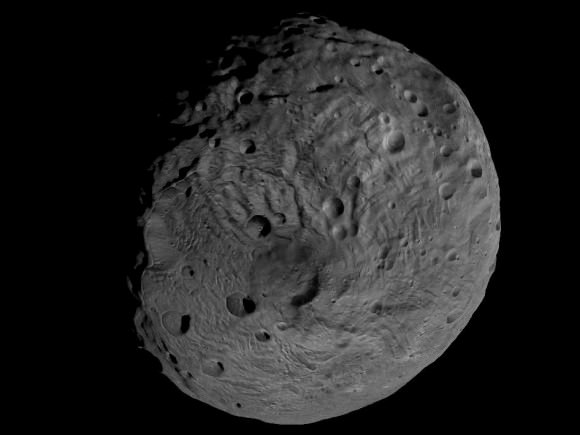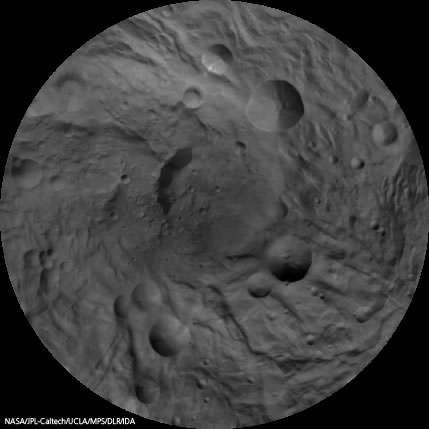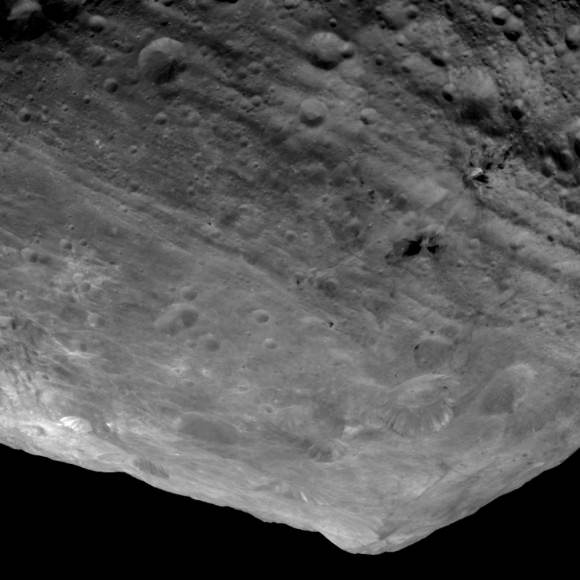[/caption]
The space shuttle program is over. The orbiters are being decommissioned, stripped of the components that allowed them to travel in space. For those that followed the program, those that wished they did and those with only a passing interest in what the program accomplished a new book has been produced covering the entirety of the thirty years that comprised NASA’s longest human space flight program. The Space Shuttle: Celebrating Thirty Years of NASA’s First Space Plane is written by aerospace author Piers Bizony and weighs in at 300 pages in length.
Bizony is a prolific author who has focused a lot of his work on space flight. Some of the books that he has written include (but definitely are not limited to) include: One Giant Leap: Apollo 11 Remembered, Space 50, The Man Who Ran the Moon: James E. Webb, NASA, and the Secret History of Project Apollo and Island in the Sky: The International Space Station.
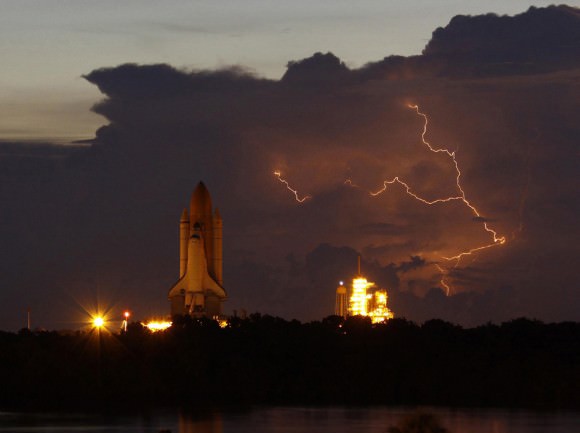
The book contains 900 color images, detailing the entire history of NASA’s fleet of orbiters. From the first launches and the hope that those initial flights were rich in, to the Challenger tragedy and the subsequent realization that the space shuttles would never be what they were intended to be.
The next phase of the book deals with the post-Challenger period and how NASA worked to find a balance with its fleet of orbiters, while at the same time worked to regain the trust of the America public. The path was both hindered and helped by a single payload – the Hubble Space Telescope.
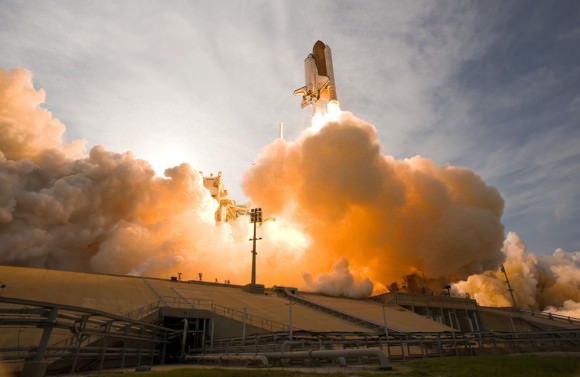
When the images the orbiting telescope beamed back turned out fuzzy, NASA was a laughing stock. Hubble would become a sensation and NASA redeemed its name after the first servicing mission to Hubble corrected the problem with the telescope’s mirror.
Hubble was not the only telescope or probe that the shuttle placed in the heavens. It would however, be the only one that NASA’s fleet of orbiters would visit during several servicing missions. Besides Hubble the shuttle also sent the Chandra X-Ray telescope, Galileo probe to Jupiter and the Magellan probe to Venus during the course of the program’s history.
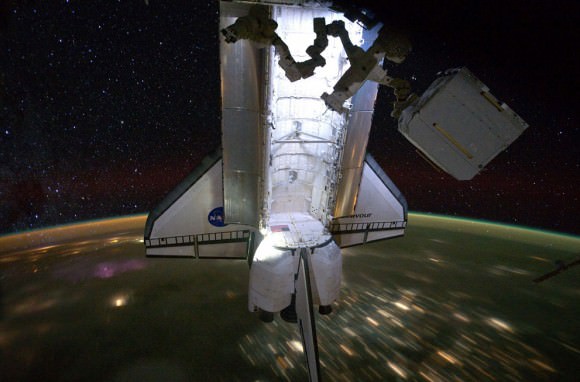
NASA was now on course to begin construction of the most ambitious engineering feat in human history – the International Space Station. The Space Shuttle: Celebrating Thirty Years of NASA’s First Space Plane details this period, as well as the tragic loss of the shuttle Columbia in 2003 with great care and attention to detail. Many never-before-seen images are contained within and Bizony uses them to punctuate the history that the space shuttle accomplished with every flight.
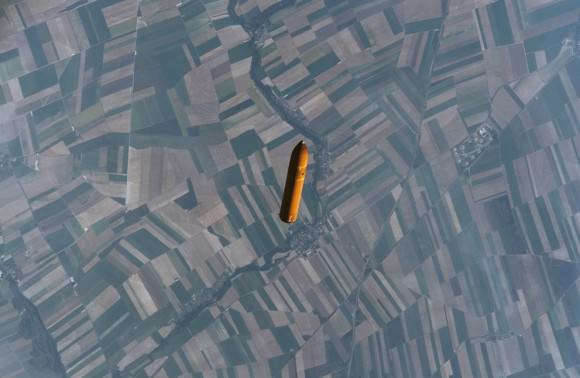
The book also contains a detailed diagram of the orbiter (it is long and therefore was produced as a pull-out section. This element is included near the end and acts as a nice punctuation mark to the stream of imagery contained within.
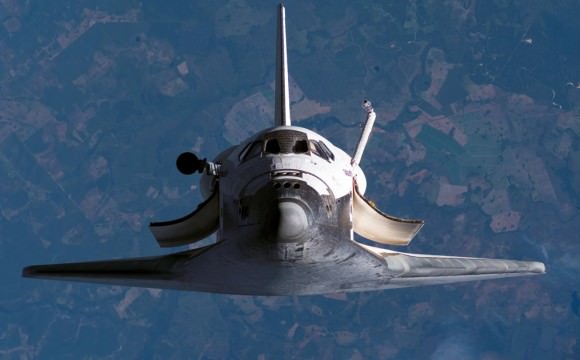
The book is not perfect (but what book is). If one did not know better, upon reading this book one would assume that the Delta Clipper (both DC-X and DC-XA) flew once and upon landing caught fire. DC-X flew eight times – not once. Bizony also describes the lunar element of the Vision for Space Exploration (VSE) as being a repeat of Apollo. Apollo 17 was the longest duration that astronauts roamed the Moon’s surface – they were there for about three days. The VSE called for a permanent crewed presence on the moon.
For those out there that consider themselves “shuttle huggers” this book is simply a must-have. It is perfect to take to autograph shows to be signed by astronauts (as every mission is detailed, it is a simple matter to have crew members sign on the pages that contain their missions). It is also a perfect gift for space aficionados this holiday season. Published by Zenith Press and retailing for $40.00, The Space Shuttle: Celebrating Thirty Years of NASA’s First Space Plane is a welcome addition to your home library.
